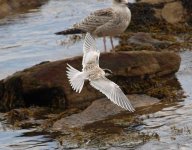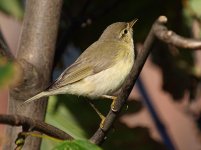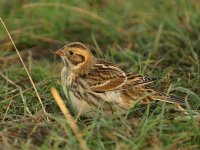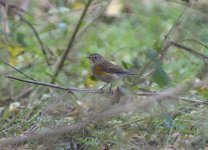I am still quite tempted to get one of these lenses, especially as it is possible to buy one from a reputable supplier for under £800 at present, using the Olympus cash back scheme. I still have one or two questions in my mind, though.
The 50-200 weighs 375gm more than the 70-300. How noticeable is this in practice? My E-30 weighs more than my E-510 did and I don't want to keep adding weight.
It is 6.5mm wider and 30mm longer than the 70-300. Does it feel much bulkier on the camera? I would also probably need to buy a larger holster to carry it, which would cost another £50.
I have read a few comments that the lens hood on the SWD model is much larger and not as convenient as the previous model. Any comments on this?
Does anyone use a protection filter on the lens and is it necessary? About another £40 for a good one.
I have read quite a few comments about people having problems with this lens, including sticking seals and dead drive motors. This is a bit worrying in a semi-pro lens. Any comments?
I am still undecided about whether to buy one or not so is the general opinion that it is a worthwhile upgrade from the 70-300? I have an E-14 converter but it's a shame that it's a step backwards in terms of reach but, hopefully, a step forwards for image quality.
Ron
Hi Ron.
A few thoughts re. this lens...
It is optically a very good lens and is capable if very good results in the right hands (not sure if mine are?). Mine always has a Kenco protector filter attached, which cost about £10 with the lens, and about £40 on its own.
I always use mine with the EC-14 tele-converter as it is too short IMHO on its own.
It is very useable in low light, even hand held. See the attached Bluetail pic, taken at F4.9, 1/80 sec , ISO 1600, handheld on my E-510. It seemed very dark to my eyes at the time (under trees, late afternoon) but I was surprised that I got anything remotely worth keeping. I attached this to show what you might be able to get when you 'need' to get a record shot.
The real limitations shown in this picture are in my opinion more to do with the camera than the lens itself. In later incarnations of Olympus cameras this should improve in terms of noise levels, but I still have nagging doubts that it is not Olympus' main priority. My other doubt is to do with whether they ever intend to introduce a longer and more affordable long lens such as a 300 or 400 (I just can't stretch to a 300 f2.8!).
Most of the time I just can't get close enough to small birds for good pictures. The Willow Warbler and Lapland Bunting were rare exceptions. The lens is however brilliant for medium/large sized insects and bigger birds.
The bunting, warbler and damselfly were all cropped a little from the original, the tern was cropped to about 25% original size, and the bluetail somewhere between this and 50%. I always 'tweak' my pictures in picassa to bring out the details/colours a little, and all have a small degree of sharpening added.
As you probably know, it was me who had the problems with the sticking zoom. Olympus replaced this free of charge and the new lens is better (but still not 100% perfect). In honesty I am a little uneasy about how durable this lens will prove to be, and don't like that it zooms by using a protruding inner barrel. The longer lenses by Canon are in my view better and seem more durable in build, so it might be something you should consider for the longer term. I will wait to see what Olympus introduce in terms of longer lenses and bodies before I take the plunge into investing more cash in my system. I know however that you have already upgraded to a better body.
You have some thinking to do now... Hope this has helped in making your decision.
Steve













